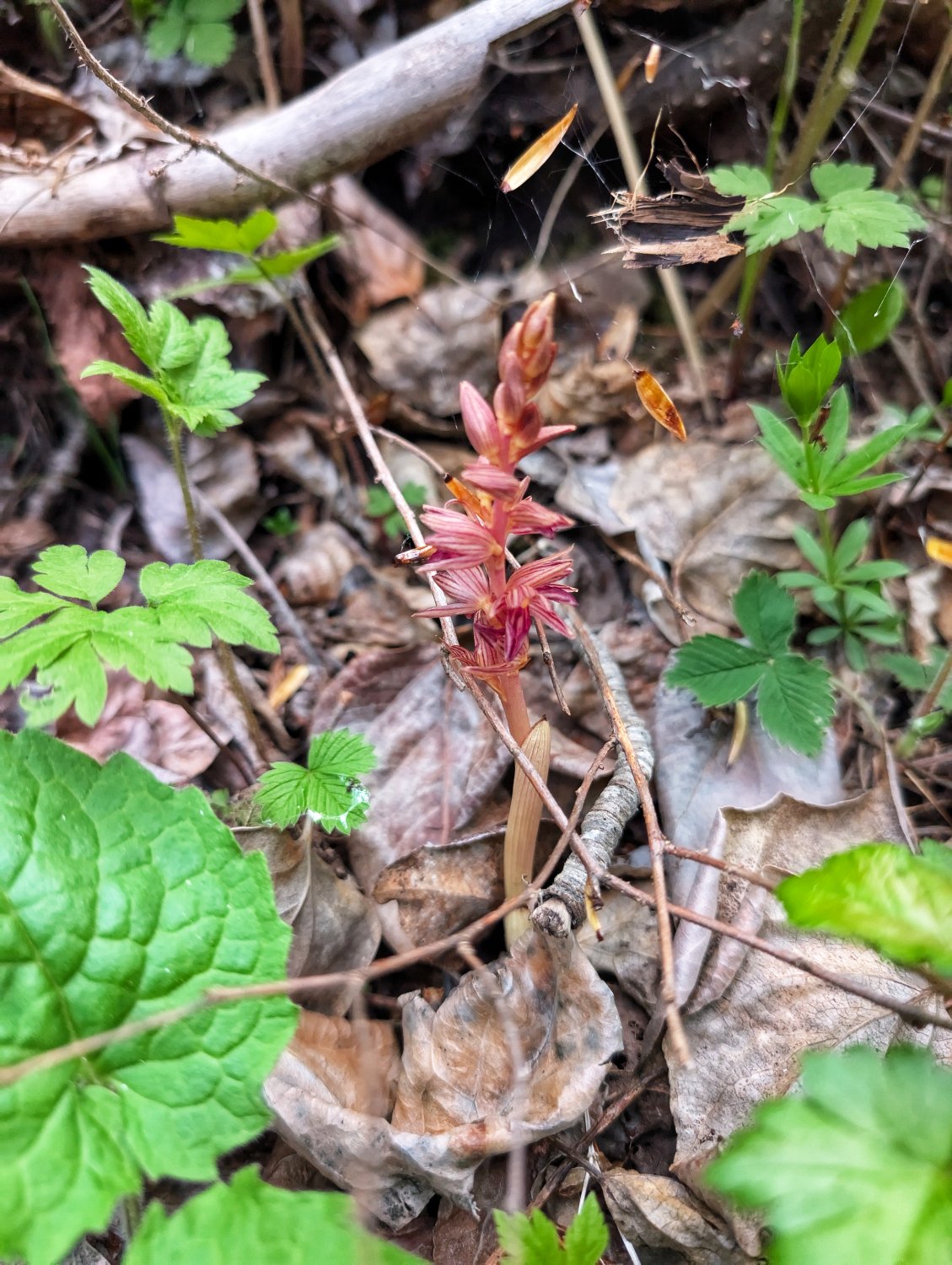I did end up eating a few of these, they tasted like water but the texture was surprisingly pleasant.
Definitely magical and exciting to come across all sorts of fungi, take them home and learn about them. I often take friends and family out to find edible mushrooms and I end up picking the least amount of the edibles in the group because I like to fill my basket with mushrooms I have never seen.
We typically get a lot of snow, sometimes 9ft in a single winter or more but the last few years have been pitiful. This was at a slightly higher elevation (I am at about 500 metres). I often see people in washington and oregon find this mushroom throughout the winter, I thought it would be later for my area but not the beginning of June.
Haha, completely over my head
Taken with a pixel 9, I run Graphene but I believe this was taken in the google camera app.
Looks to be in the family Parmeliaceae, which is pretty large. I'm really just beginning to learn how to ID but I might start at a genus like Xanthoparmelia or similar.
Awesome thanks so much for the specs!
Thanks! I will keep that in mind when hunting for some new ones.
I originally got it for ID'ing mushrooms with spores and other microscopic features like cystidia and it hasn't disappointed in that regard. I would say it is probably still better to hunt around for a high-quality used model but I am happy with how it performs for my needs. I'll just mention the things I have issues with because other than that the miscroscope is great (coming from an amateur). The main issue I have is the quality of the objectives, you can see my photo has some chromatic aberration (this photo isn't using one of the original objectives but the stock ones are about the same level of discolouration). However, for my first scope they are more than acceptable, but I am looking to switch them out this winter. Another minor issue I came across was in making a dark field filter, I did end up making one but it was a major pain compared to other people's experiences with different scopes. All in all I am really happy with it as a beginner and if I ever decide to upgrade to a new scope I will know what to look for and what sort of features I like. Microbe Hunter's review of this scope is great if you haven't seen it yet.
These look excellent, good job.
I have only been keeping an herbarium for maybe 6 months but I have had good luck reviving them and viewing under the microscope. I don't know how helpful it is for the long-run but I basically take them all out, water them and set them out in the sun for a bit. The mineral content of my well-water probably isn't a fully balance diet for them so I am kind of just shooting from the hip and seeing how long that works. I don't have any scientific training so its all enthusiasm + trial and error. I imagine they should last a while, it can't be worse than the vacuum of space. If you are thinking about starting a collection I would work out a voucher tag system right away, its something I neglected to do early on and I'm kicking myself. I just use a little piece of paper and note name, date, location, substrate, etc. - not unlike a voucher slip you fill out during a bioblitz. One of my storage containers:













These guys are edible, you could definitely candy them but I would be hardpressed to find enough to make it worth the effort. No flavour to them but a fancy little mid-hike snack.